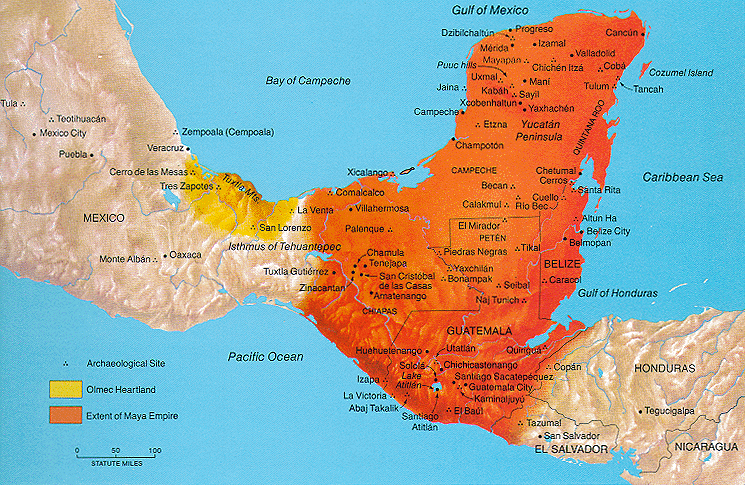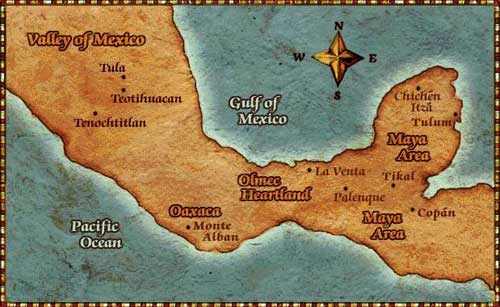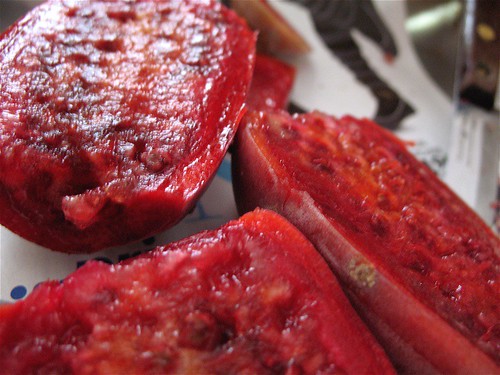 Peace
PeaceThe Purple Gold Green Experiment is ongoing and doing well.
These new foods will be added at some point, just not now. I'll update this post*** often before continuing on in the Blog. please check back. This is a real-time continual project. My body is the lab so currently i'm fine tuning some external factors since this is not a completely controlled variable study. Seems to me that the more steady intake of the purple gold green formula..the more in sync my thought is with its manifestation in the external world... as well as my lucidity in the rising hours of morning. . hard to say right now so i shall continue on. allocating the attributes accordingly. peace. (pardon the grammar, just transcribin the thought)
Color Coding----Black and White:

For over 12,000 years fresh Nopal cactus has been consumed for its nutritional and healing qualities. Only recently, in the last 20 years, has modern science truly been interested in the investigation of Nopal’s remarkable medicinal plant properties.
Nopal Verde is the prickly pear cactus ‘vegetable’ variety of the Nopal Opuntia ficus-indica species. Known as green Nopal and the traditionally consumed ancient variety, Nopal cactus has recently been recommended in a vast array of metabolic, cardiovascular and digestive disorders. This original and authentic variety of the Nopal prickly pear; requires the climate and soil type that is unique to its birthplace - the high volcanic mountains of Mexico - to provide Nopal’s most important bioactive healing properties.
The ancient Mexican cultures, living in the high mountain volcanic regions, originally adopted the Nopal prickly pear cactus as a healing food and treasured this high mountain variety, relegating Nopal cactus as the supreme healing plant and food among its kings and warriors.
Favors the expulsion of certain types of intestinal parasites,
Increases the secretion and excretion of urine,
Strengthens the lungs,
relieves diabetes,
Increases milk production for mothers who are in lactation,
Allows the maturation of abscess.
Hyperglycemia - High blood sugar
Hyperlipidemia - High LDL cholesterol and triglycerides
Atherosclerosis - cardiovascular inflammation causing blood vessel plaque
Gastric Ulcers / Gastrointestinal Disorders
Liver function, immunity and oxidative stress
Alcohol Consumption and Hangover
Obesity
Overall Whole Food Nutrition
Nopal was originally a food and has remained such throughout its recent popularity as a medicine. It is traditionally recommended as a whole food medicine, which indeed is the most effective method of treating disease. The Nopal Pricly pear cactus with it's 18 amino acids - 10 that are essential for humans -, has a full complement of B vitamins, minerals and a host of other highly bioactive phytonutrients, Nopal is the quintessential whole food medicine, which can be enjoyed long after your health has been restored.

People who live in the southwest areas of the United States are familiar with the prickly pear as a needle bearing cactus. Yet most people are unaware that this ancient plant has been used for thousands of years by Mexican Indian cultures for nutritional and health benefits.
The prickly pear, (opuntia ficus-indica) is a fruit and flower bearing plant. It grows best in desert conditions, but has also been known to survive in colder climates that experience frost and snow. Growing in popularity, European countries and American markets now sell commercially grown prickly pear in their produce sections.
What are the nutritional benefits of prickly pear, and does science agree?
This plant is rich in flavanoids, such as kaempferol, puercetin, kaempferol 3-methyl ether, quercetin 3-methyl ether, narcissin, dihykrokaempferol (aromadendrin, 6), dihydroquercetin and eriodictyol. Flavanoids are the powerhouse of prickly pear.
Studies have shown that flavanoids, found in great abundance in the prickly pear, can protect the immune system and prevent oxidative stress by acting as a fighter against free radicals. Cells and organs are protected by this antioxidant action.
Athletes in search of more energy in the gym have turned to prickly pear. The nutritional benefits reduce post-exercise muscle soreness, speed recovery of muscles and reduce the chances of developing DOMS (delayed onset muscle soreness).
Color Coding----Black and White:
Chiapas. I'll get into the Chia later.

Cactus Nopal has a rich history of healing throughout many cultures. Early settlers peeled the stems of the cactus and bound them to wounds as dressing. The spines of the cactus were also used in a curing means similar to acupuncture where the offending part of the body was stuck with spines which were then ignited. The spines that burned most actively were thought to be the most effective. West Coast Indians were said to drink a mash of the pulp from the cactus to facilitate childbirth. Other American Indians were known to drink the pulp as a lung remedy. This cactus has also been used as a cardiac tonic.
nōchtli
You can eat, or even drink, most cacti. Nearly all cacti have large, thick, waxy stems that provide a great reservoir in which food materials and large amounts of water are stored. The flesh of nopal is soft and gel-like and contains many nutrients and minerals that have led to its recognition as prized food in many parts of the world for animals and humans.
nōchtli
You can eat, or even drink, most cacti. Nearly all cacti have large, thick, waxy stems that provide a great reservoir in which food materials and large amounts of water are stored. The flesh of nopal is soft and gel-like and contains many nutrients and minerals that have led to its recognition as prized food in many parts of the world for animals and humans.
For over 12,000 years fresh Nopal cactus has been consumed for its nutritional and healing qualities. Only recently, in the last 20 years, has modern science truly been interested in the investigation of Nopal’s remarkable medicinal plant properties.
Nopal Verde is the prickly pear cactus ‘vegetable’ variety of the Nopal Opuntia ficus-indica species. Known as green Nopal and the traditionally consumed ancient variety, Nopal cactus has recently been recommended in a vast array of metabolic, cardiovascular and digestive disorders. This original and authentic variety of the Nopal prickly pear; requires the climate and soil type that is unique to its birthplace - the high volcanic mountains of Mexico - to provide Nopal’s most important bioactive healing properties.
The ancient Mexican cultures, living in the high mountain volcanic regions, originally adopted the Nopal prickly pear cactus as a healing food and treasured this high mountain variety, relegating Nopal cactus as the supreme healing plant and food among its kings and warriors.
Favors the expulsion of certain types of intestinal parasites,
Increases the secretion and excretion of urine,
Strengthens the lungs,
relieves diabetes,
Increases milk production for mothers who are in lactation,
Allows the maturation of abscess.
Hyperglycemia - High blood sugar
Hyperlipidemia - High LDL cholesterol and triglycerides
Atherosclerosis - cardiovascular inflammation causing blood vessel plaque
Gastric Ulcers / Gastrointestinal Disorders
Liver function, immunity and oxidative stress
Alcohol Consumption and Hangover
Obesity
Overall Whole Food Nutrition
Nopal was originally a food and has remained such throughout its recent popularity as a medicine. It is traditionally recommended as a whole food medicine, which indeed is the most effective method of treating disease. The Nopal Pricly pear cactus with it's 18 amino acids - 10 that are essential for humans -, has a full complement of B vitamins, minerals and a host of other highly bioactive phytonutrients, Nopal is the quintessential whole food medicine, which can be enjoyed long after your health has been restored.

Cactus Prickly Pear
People who live in the southwest areas of the United States are familiar with the prickly pear as a needle bearing cactus. Yet most people are unaware that this ancient plant has been used for thousands of years by Mexican Indian cultures for nutritional and health benefits.
The prickly pear, (opuntia ficus-indica) is a fruit and flower bearing plant. It grows best in desert conditions, but has also been known to survive in colder climates that experience frost and snow. Growing in popularity, European countries and American markets now sell commercially grown prickly pear in their produce sections.
What are the nutritional benefits of prickly pear, and does science agree?
This plant is rich in flavanoids, such as kaempferol, puercetin, kaempferol 3-methyl ether, quercetin 3-methyl ether, narcissin, dihykrokaempferol (aromadendrin, 6), dihydroquercetin and eriodictyol. Flavanoids are the powerhouse of prickly pear.
Studies have shown that flavanoids, found in great abundance in the prickly pear, can protect the immune system and prevent oxidative stress by acting as a fighter against free radicals. Cells and organs are protected by this antioxidant action.
Athletes in search of more energy in the gym have turned to prickly pear. The nutritional benefits reduce post-exercise muscle soreness, speed recovery of muscles and reduce the chances of developing DOMS (delayed onset muscle soreness).



No comments:
Post a Comment